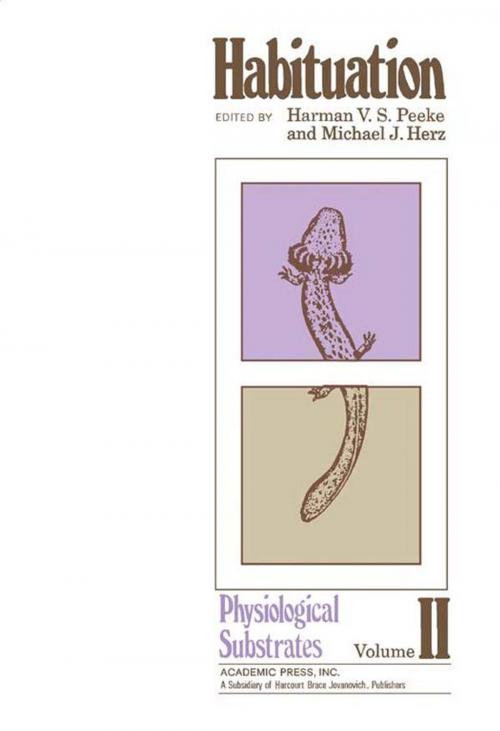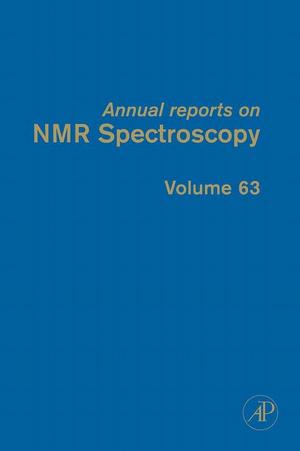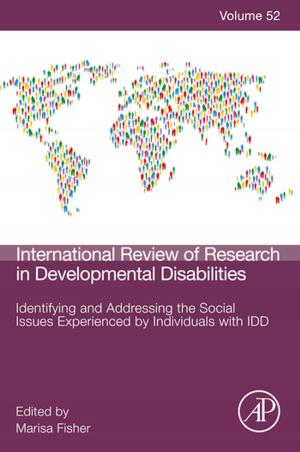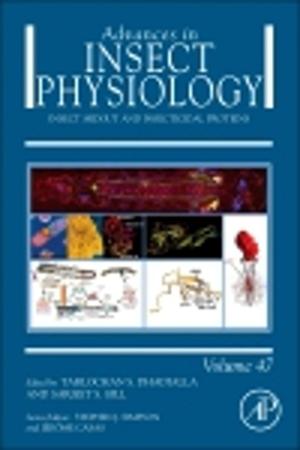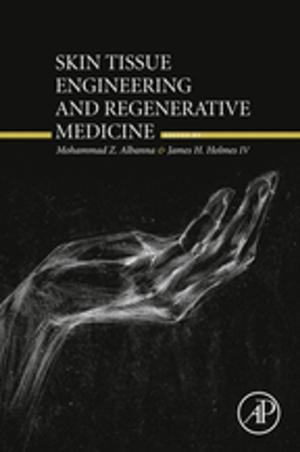| Author: | ISBN: | 9781483262789 | |
| Publisher: | Elsevier Science | Publication: | October 22, 2013 |
| Imprint: | Academic Press | Language: | English |
| Author: | |
| ISBN: | 9781483262789 |
| Publisher: | Elsevier Science |
| Publication: | October 22, 2013 |
| Imprint: | Academic Press |
| Language: | English |
Habituation: Physiological Substrates, Volume II, presents research and theory that reflect the fact that habituation has achieved a position of prominence among investigators concerned with the neurobiology of behavior. The current interest appears to have evolved from two previously somewhat separate lines of research which have converged upon a common goal, i.e., the understanding of both the behavioral and physiological bases of habituation.
The book contains six chapters and begins with one that compares habituation across invertebrate phyla as well as in various types of surgical preparations, presents a quantitative analysis of habituation, and describes neural correlates of habituation in selected preparations and suggests underlying mechanisms. This is followed by separate chapters on habituation in Gastropoda; the role of the auditory receptor, the auditory nerve, and the first central auditory relay (cochlear nucleus) in auditory habituation; habituation displayed by mammalian visual pathway units; habituation in human averaged evoked potentials; and a dual-process theory of habituation.
Habituation: Physiological Substrates, Volume II, presents research and theory that reflect the fact that habituation has achieved a position of prominence among investigators concerned with the neurobiology of behavior. The current interest appears to have evolved from two previously somewhat separate lines of research which have converged upon a common goal, i.e., the understanding of both the behavioral and physiological bases of habituation.
The book contains six chapters and begins with one that compares habituation across invertebrate phyla as well as in various types of surgical preparations, presents a quantitative analysis of habituation, and describes neural correlates of habituation in selected preparations and suggests underlying mechanisms. This is followed by separate chapters on habituation in Gastropoda; the role of the auditory receptor, the auditory nerve, and the first central auditory relay (cochlear nucleus) in auditory habituation; habituation displayed by mammalian visual pathway units; habituation in human averaged evoked potentials; and a dual-process theory of habituation.
